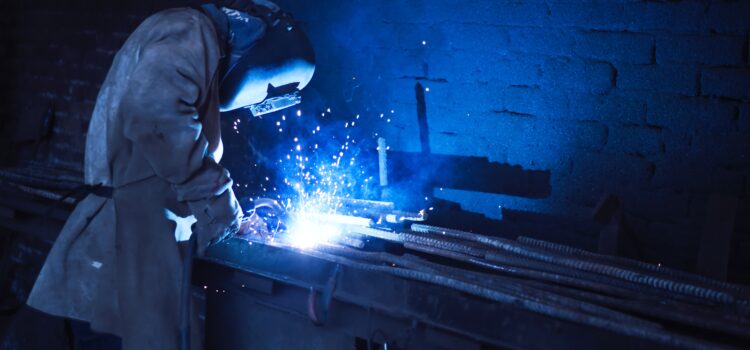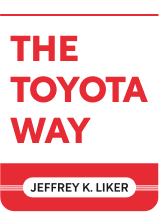

This article is an excerpt from the Shortform book guide to "The Toyota Way" by Jeffrey K. Liker. Shortform has the world's best summaries and analyses of books you should be reading.
Like this article? Sign up for a free trial here .
How does Toyota use lean manufacturing at the factory level? How does it make production more efficient?
In The Toyota Way, engineering professor and lean manufacturing consultant Jeffrey Liker describes the work practices known as lean manufacturing. Liker uses Toyota’s use of lean manufacturing to show how it works.
Below we’ll look at how Toyota’s lean manufacturing is implemented at the modeling stage.
Lean Manufacturing at the Factory Level
The biggest goal of Toyota’s lean manufacturing is to eliminate waste and increase efficiency. This starts with Toyota’s production line.
As Liker explains, Toyota models its production line as a “pull system”: a system in which customer demand for a product “pulls” the product through the assembly line. One example of a typical pull system is a restaurant: A customer’s order for a particular dish sets in motion the processes needed to produce the dish. This contrasts with more traditional “push systems,” in which a manufacturer produces a set number of products and sends them out to be sold, regardless of whether the retailer already has the item in stock.
(Shortform note: Price discounts in stores are often the result of push systems. Many retailers offer discounts to get rid of products quickly when they’ve received a new shipment of products but haven’t finished selling the last round.)
Toyota also uses pull systems to move work in progress from station to station. When workers involved in downstream processes are ready for more parts, they use signals (kanban) to communicate this to upstream workers. Kanban can be as complex as a digital signal or as simple as returning an empty bin to be filled.
The “value stream” is the sequence of actions in the assembly line that add value for the customer. Everything else is seen as waste. Liker explains that Toyota uses value stream mapping to identify which parts of the process add value and which can be minimized or eliminated. To map the value stream, team members draw a box for each workstation in the assembly line. They then go and look at what happens between each process and make notes regarding the transitions between workstations. Are parts transported long distances? Do they wait in queues? Are the workers moving efficiently? They record all of this information in the gaps between the boxes.
One-piece flow is a depiction of the perfect value stream. In one-piece flow, products move through the plant undergoing only processes that add value, with no wasted time or materials. One-piece flow is the opposite of traditional “batch and queue” manufacturing practices, in which large quantities of parts are produced well ahead of time and then sit in queues waiting to be processed. One-piece flow is also called a “just-in-time” system, as each workstation receives the parts just in time to work on them.

———End of Preview———
Like what you just read? Read the rest of the world's best book summary and analysis of Jeffrey K. Liker's "The Toyota Way" at Shortform .
Here's what you'll find in our full The Toyota Way summary :
- The story of how Toyota became the biggest automaker in the world
- An explanation of Toyota's lean manufacturing process
- Tips on how to apply Toyota's methods to your business






